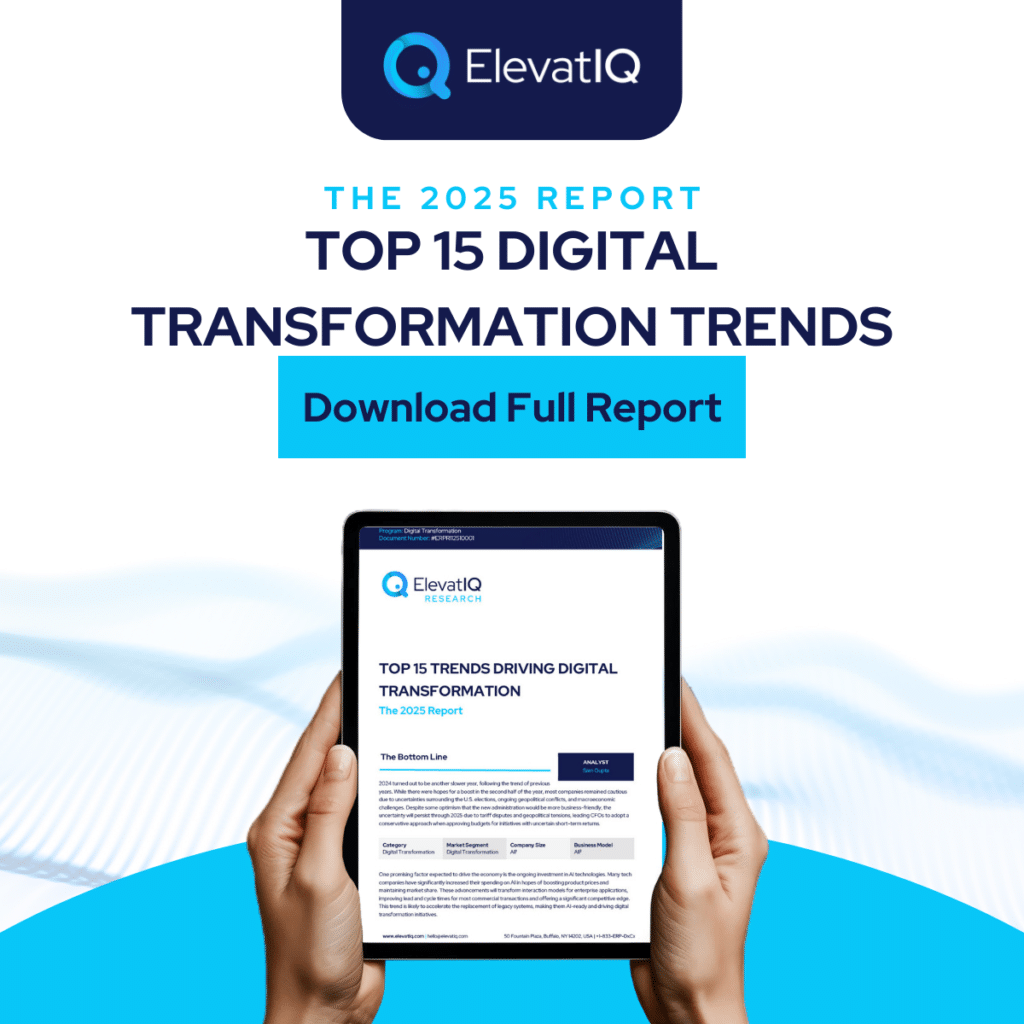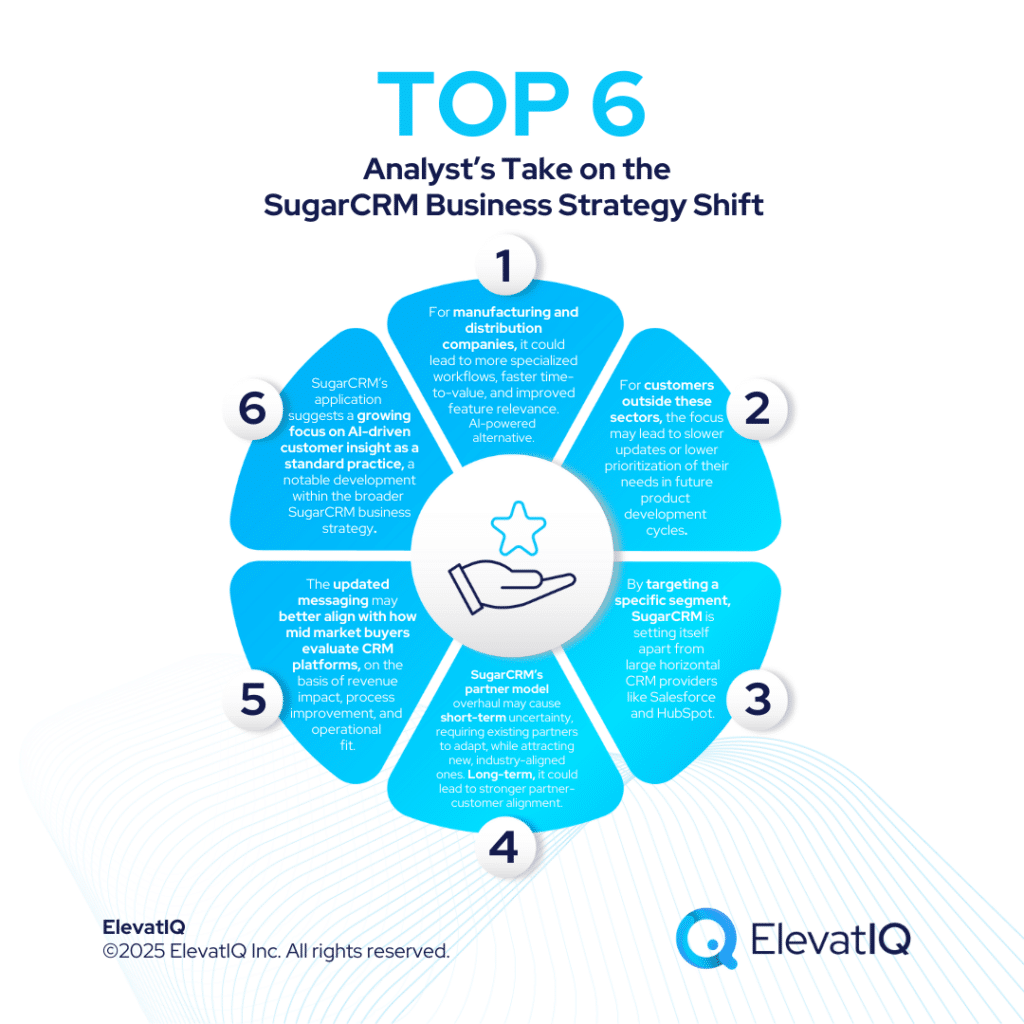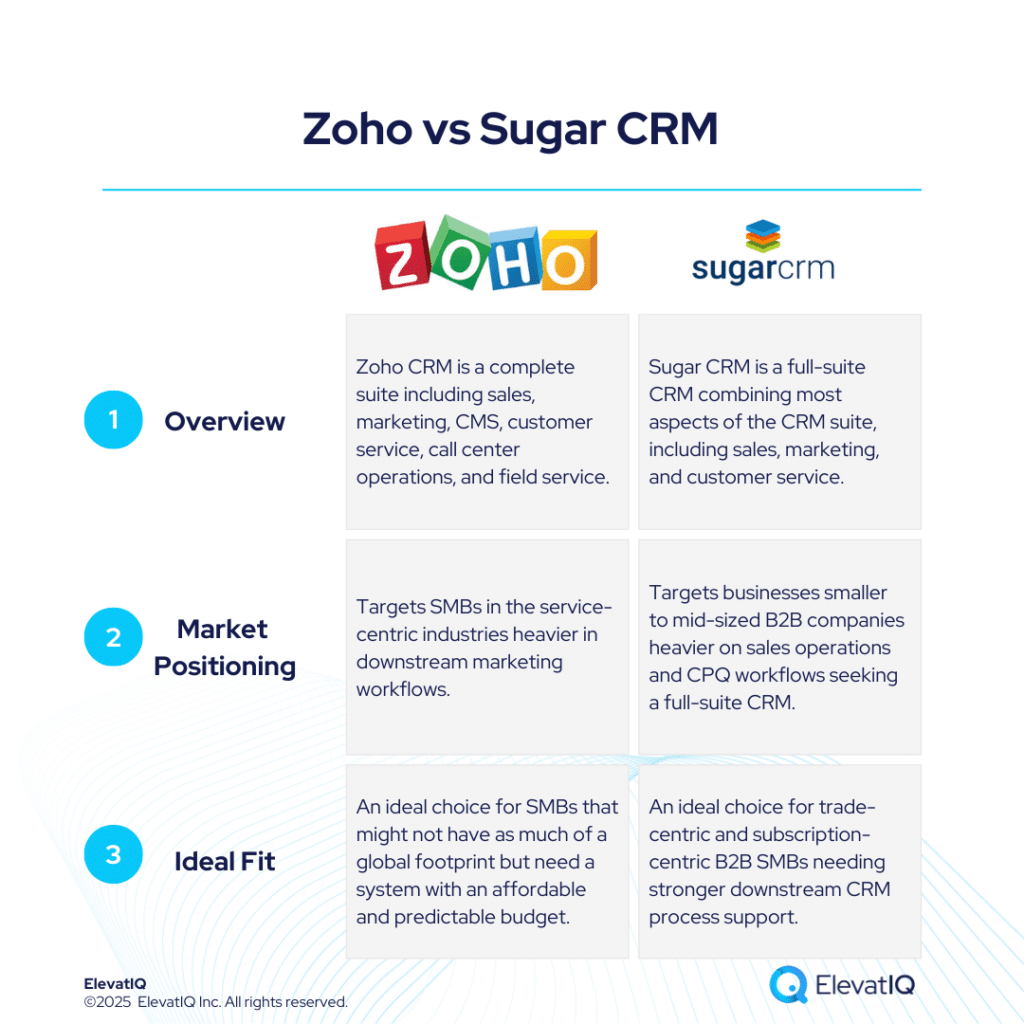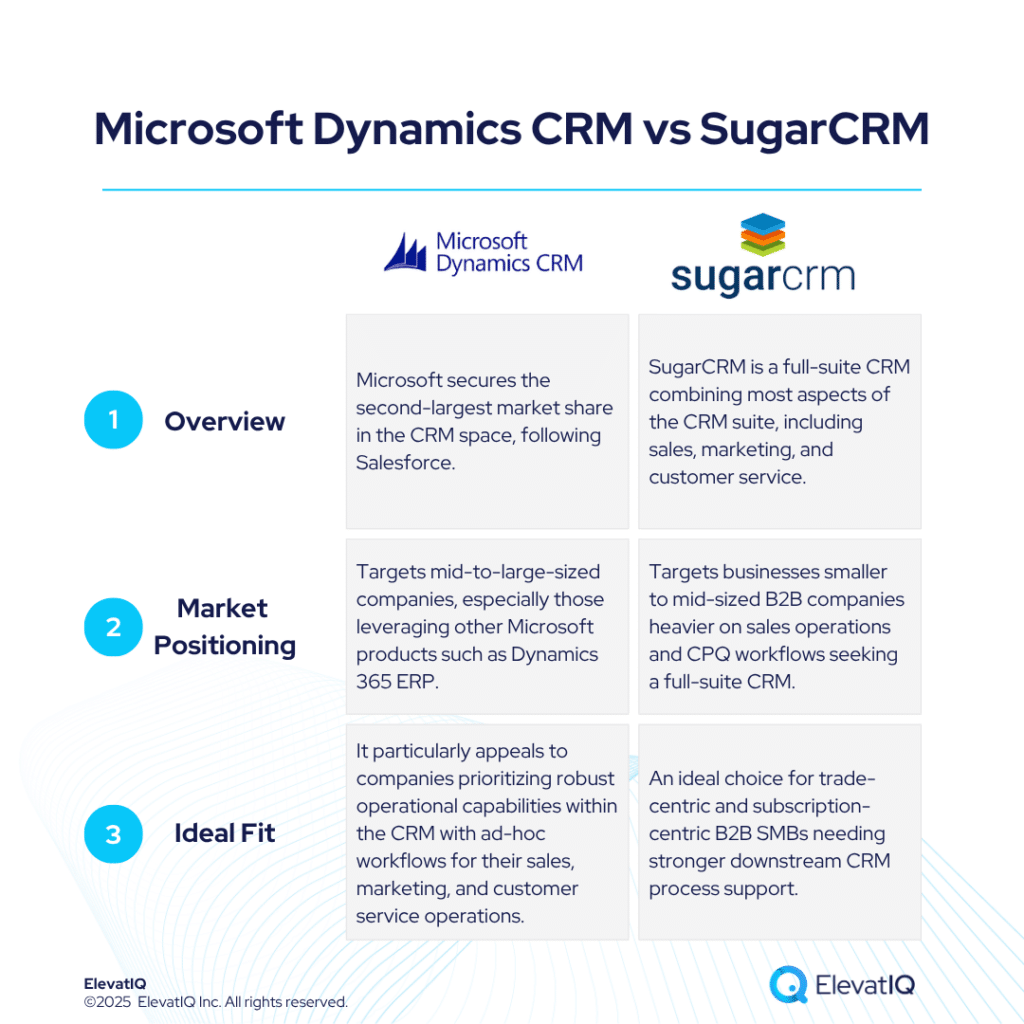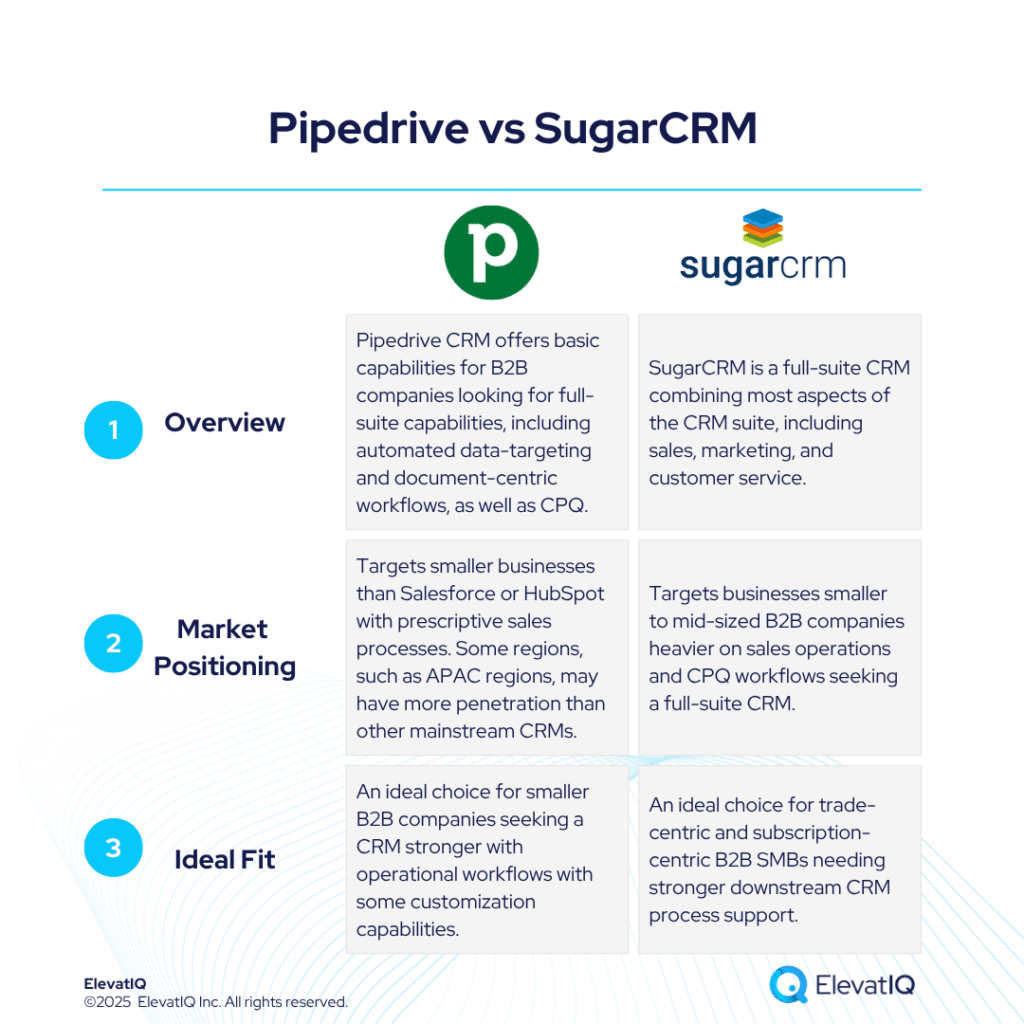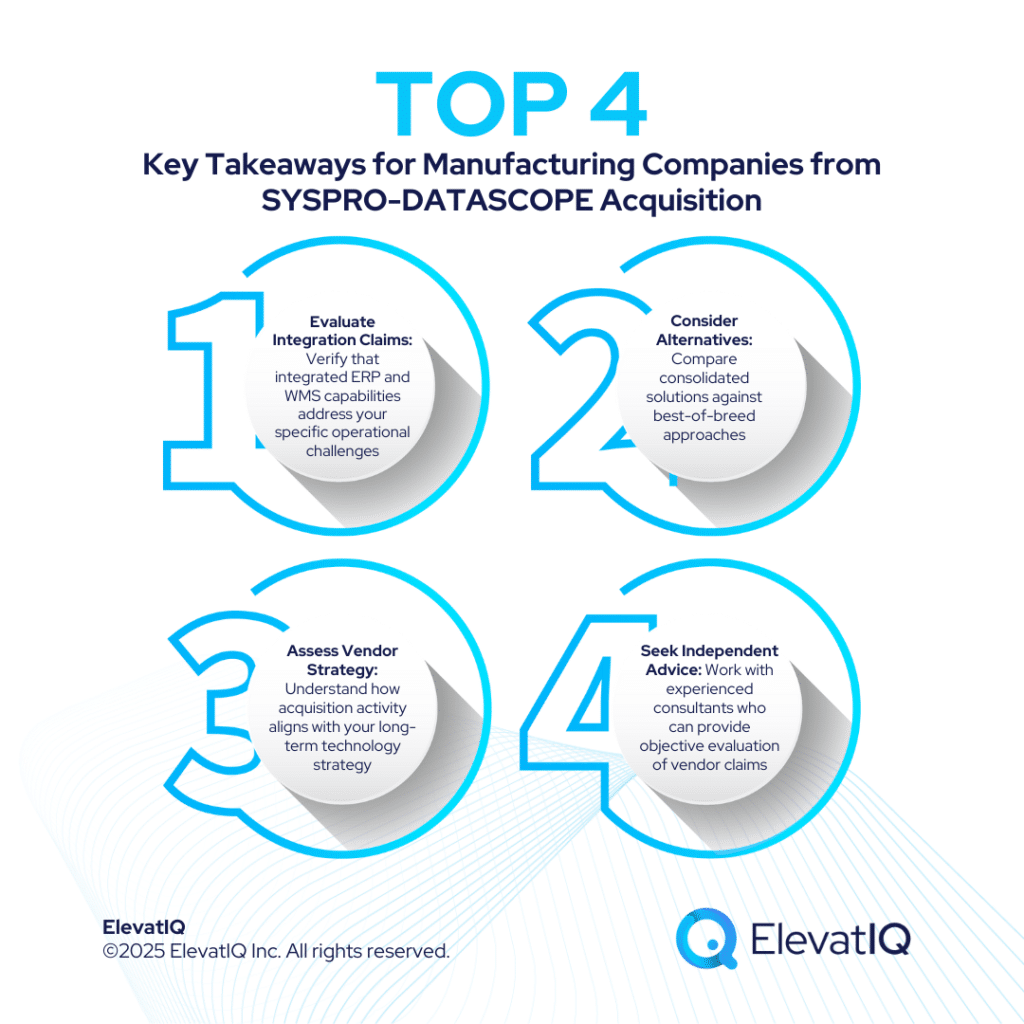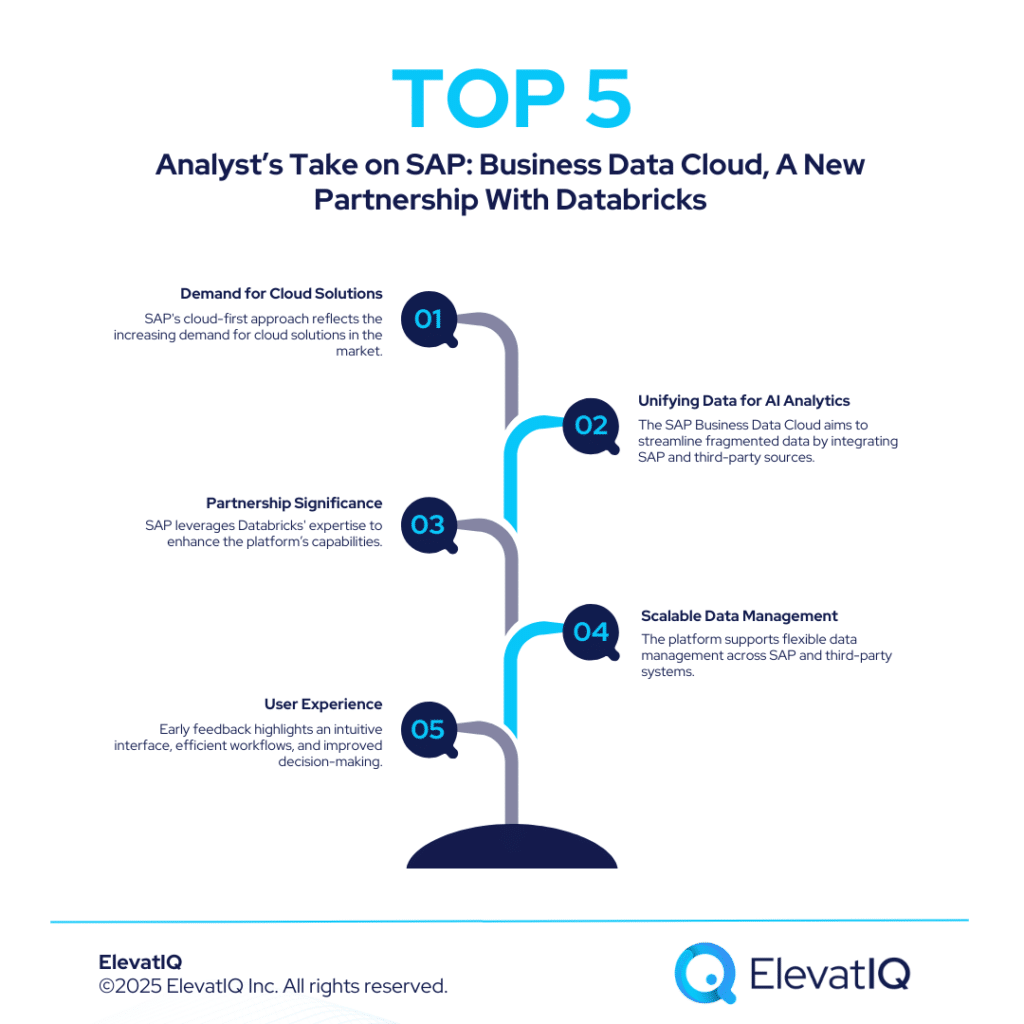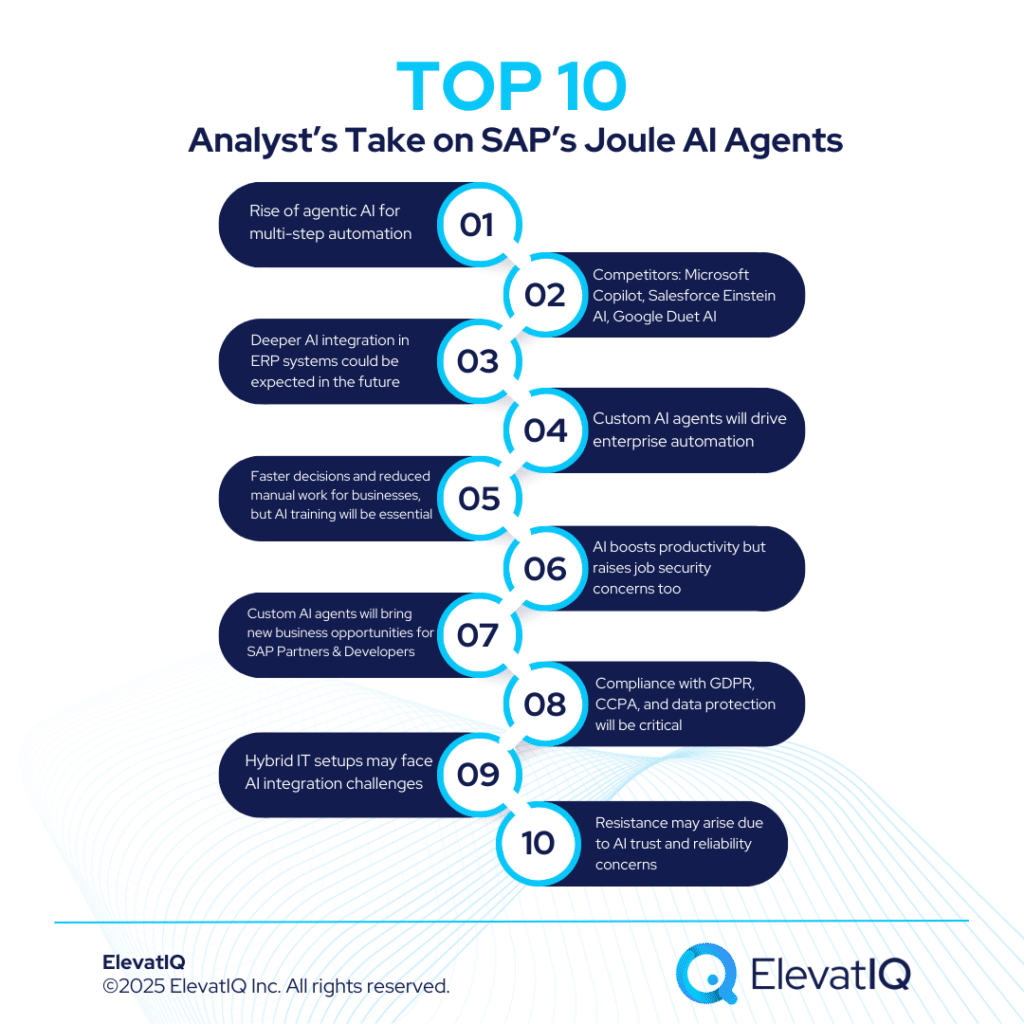SugarCRM has announced a change in its business strategy, aiming to focus primarily on mid-market manufacturing and distribution companies. The update was shared during the company’s recent Analyst Summit. This shift is being led by CEO David Roberts, who joined the company in September 2024. SugarCRM will continue to support its existing customer base but will now prioritize industry-specific innovation and solutions for its newly defined core segment. The company also detailed several organizational, product, and messaging changes it plans to implement by July 2025. These initiatives are part of a broader realignment of the SugarCRM business strategy.
Breakdown of the SugarCRM Updated Business Strategy
1. Focus on Mid-Market Manufacturing and Distribution
SugarCRM is moving away from its previous horizontal, cross-industry CRM approach to concentrate on mid-sized businesses in the manufacturing and distribution sectors. This focus is intended to allow for more tailored product development, deeper domain-specific functionality, and a clearer alignment with the operational needs of these industries.
2. Continued Support for Existing Customers
While narrowing its ideal customer profile, SugarCRM stated that it will continue to serve its existing customers across other industries. The company emphasized that the shift in focus does not signal the end of support or services for organizations outside manufacturing and distribution.
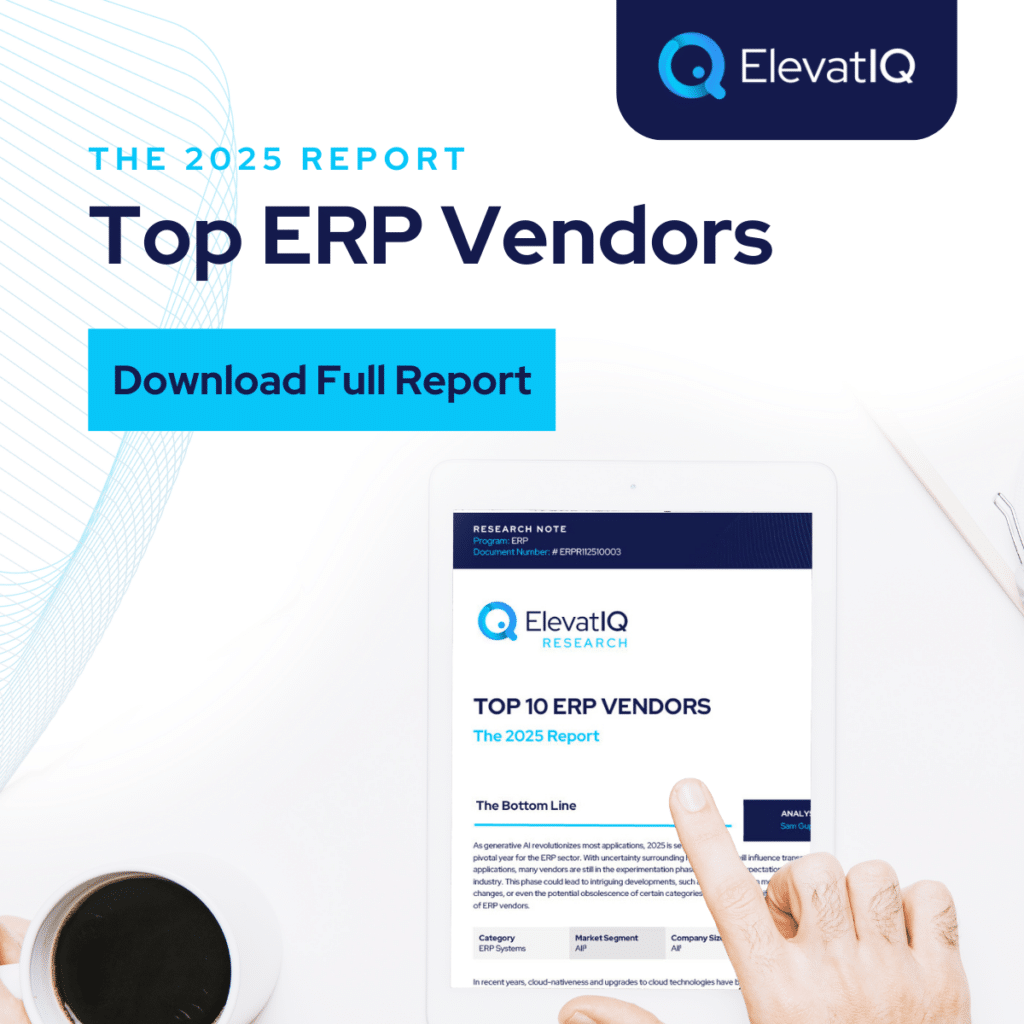
3. Operational and Product Changes by July 2025
Several internal and external changes are planned by the end of July:
- Finalizing a technology roadmap with clearer delivery timelines and industry-specific solutions. Rebuilding the executive leadership team to support the new strategic direction.
- Introducing a revised go-to-market strategy to align sales and marketing with target industry needs.
- Redesigning the partner model, including updated partner recruitment and enablement frameworks.
- Launching updated brand messaging.
- Revising the hosting model to potentially improve performance and deployment options.
- Updating product packaging and pricing structures.
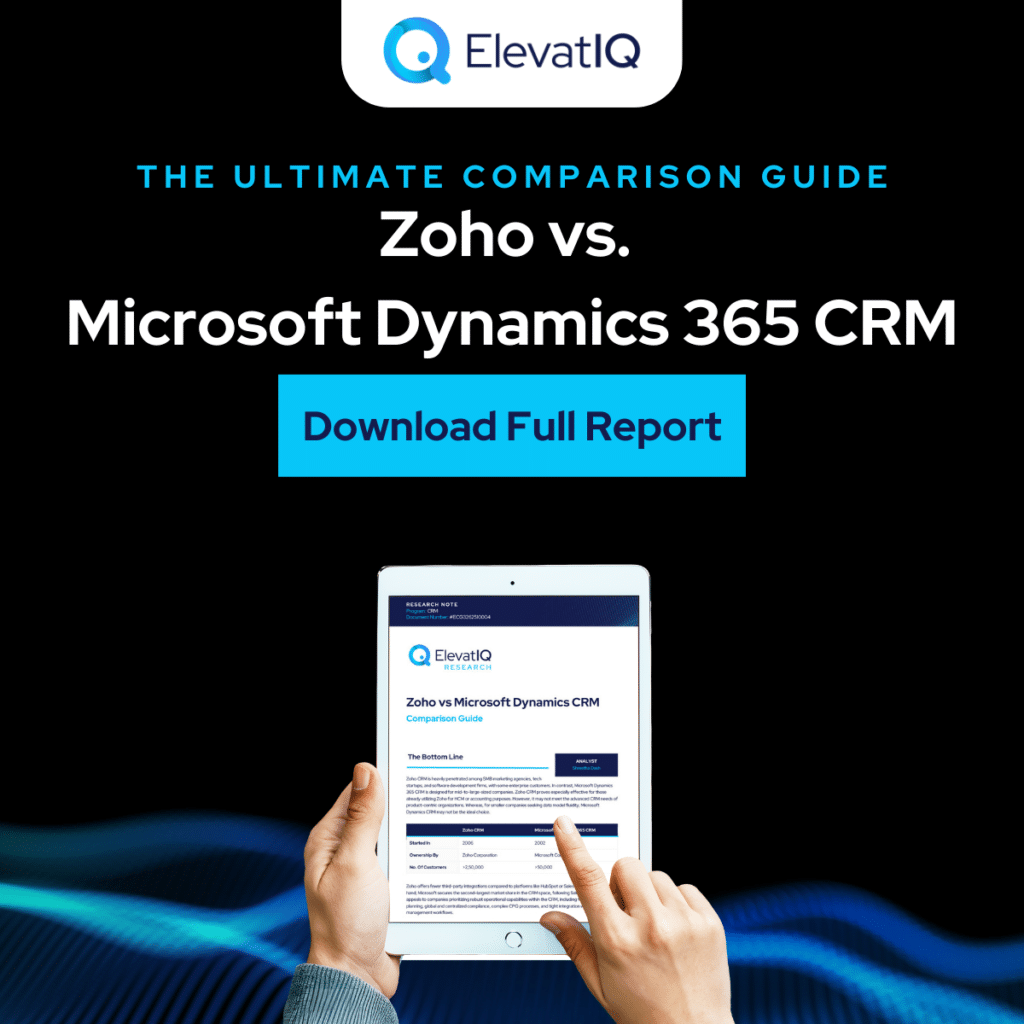
4. New Messaging: From Automation to Sales Enablement
The company’s messaging will shift from “let the platform do the work” to “unlock the sales potential.” According to Chief Marketing Officer Clare Dorrian, this change is designed to better resonate with buyers in the company’s target industries by focusing on specific business outcomes rather than general platform automation.
5. Use of ChatGPT for Customer Insight Analysis
SugarCRM has adopted ChatGPT to help analyze customer and prospect inquiries at scale. This tool is being used to identify common themes and language used by potential customers when describing their challenges. One insight from this initiative is that prospects value SugarCRM’s flexibility, especially in manufacturing and wholesale distribution contexts.

6. Increased Emphasis on Relationship-Oriented Sales
The company has recognized a trend among buyers preferring solutions that offer immediate, practical value. As a result, SugarCRM’s marketing and sales teams will focus on consultative selling and building longer-term customer relationships rather than prioritizing short-term, transactional interactions.
Common Questions We Are Hearing
- Will customers outside manufacturing and distribution be affected? Existing customers in unrelated sectors are asking if they will continue to receive the same level of support and product updates going forward.
- Are upcoming features going to be tailored only to specific industries? Some customers are concerned that future releases may focus solely on manufacturing and distribution, limiting the platform’s usefulness for other sectors.
- Will core CRM functionality be reduced? There are questions about whether general-purpose CRM capabilities will receive less attention in product development.
- Will pricing changes affect current contracts? Buyers are seeking clarity on whether new pricing models will impact their existing plans or only apply to new customers.
- Is the company moving away from open-source principles? Given SugarCRM’s history with open-source software, some users want to know if the shift in direction will affect transparency, flexibility, or customization options.
Analyst‘s Take on the SugarCRM Updated Business Strategy
Impact on Customers Inside and Outside the Target Segment
- For manufacturing and distribution companies, this strategic alignment could lead to more specialized workflows, faster time-to-value, and improved feature relevance.
- For customers outside these sectors, the focus may lead to slower updates or lower prioritization of their needs in future product development cycles.
Product Differentiation in a Competitive CRM Market
By targeting a specific segment, SugarCRM is setting itself apart from large horizontal CRM providers like Salesforce and HubSpot. This may help the company strengthen its position in a market where industry-specific CRMs are gaining traction. However, this strategy requires consistent delivery of specialized functionality and successful adoption by the target industries.
Short-Term Implications for Partners
SugarCRM’s partner model overhaul may create uncertainty in the short term. Existing partners will need to adapt to revised expectations, while the company may also attract new partners aligned with its industry focus. Long-term, a more focused ecosystem could offer stronger partner-customer alignment.
Evaluation of Messaging Strategy
The updated messaging emphasizes tangible business outcomes. This may better align with how mid-market buyers evaluate CRM platforms, on the basis of revenue impact, process improvement, and operational fit – rather than on automation features alone.
Generative AI and CRM Market Trends
The use of ChatGPT for market and sentiment analysis reflects a broader trend in the CRM industry, where vendors are increasingly using generative AI to uncover customer preferences, personalize engagement, and improve content strategies. SugarCRM’s application of this technology suggests a growing focus on AI-driven customer insight as a standard practice, another notable development within the broader SugarCRM business strategy.
